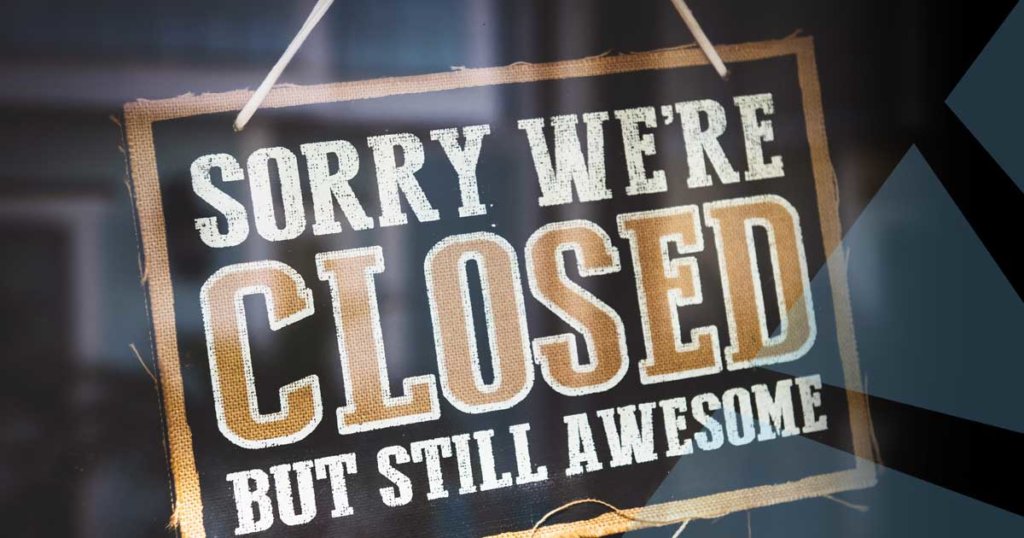What to Look out for in the Paycheck Protection Program (PPP)

What to Look out for in the Paycheck Protection Program (PPP)
Restaurants across the country—nay, world—are experiencing unprecedented losses as consumers continue to practice social distancing and self-quarantining. Data has shown restaurant sales are down a steep 80 percent. In order to keep the economy afloat during these trying times, a coronavirus relief bill was passed on March 27, 2020. The CARES (Coronavirus Aid, Relief, and Economic Security) Act is a $2 trillion package that allots a set amount of money to individuals, small businesses, corporations, public health, federal safety net, state and local governments, and education. The funds will be allocated to temporary new programs, including the Paycheck Protection Program, Economic Injury Disaster Loan Emergency Advance, which you may qualify for as a restaurant owner. Check out our recent post on relief programs, COVID-19 Relief Programs for Your Business, for additional details.
While these programs may have the best intentions, there have recently been some findings that unveiled the potential pitfalls for borrowers that are counting on loan forgiveness. The Paycheck Protection Program (PPP), for instance, is a low-interest loan that can be converted into a grant (in essence, the loan can be forgiven). The problem with the PPP is that it requires “employee and compensation levels are maintained” in order for all payroll costs expended over the 2 month period after the loan is granted to be forgiven. The flaw is significant: the hospitality industry in general has seen government-mandated closures, resulting in mass layoffs and furloughs. So, if a restaurant applies for a loan through the PPP as soon as its available, the rules of the forgiveness package would require them to restaff to at-least 75% pre-pandemic levels after receiving funding prior to June 30, to take advantage of the partial loan forgiveness rules. And who is to say the U.S. will be open for business by then, or that restaurants will be expecting to operate at the same rate they did prior to the pandemic.
In addition to the guidelines around maintaining your workforce, the PPP also has one more nuance that could prove difficult to achieve given the nature of the restaurant industry. According to treasury.gov, “not more than 25% of the forgiven amount may be for non-payroll costs.” This means that things like rent, which is typically one of the highest costs a restaurant has, cannot exceed 25 percent of the loan amount in order for it to be forgiven.
All this being said, the National Restaurant Association is doing its part to push for revisions to the PPP in terms of restrictions. They’ve asked that restaurants be given the option to spend 50 percent of the loan on non-payroll costs. They have also asked that the 8-week period to use the loan be extended, and for employers to have 90 days post-reopen to rehire staff. More to come on that front.
We are still advising our customers to pursue the PPP program as the best tool in the relief “tool kit” for now, as it could take 2 weeks or longer from the time you submit an application to be ready for funding and you will reserve your place for the current $350B allocation. Even if restaurants have to repay the loan in whole or in part, the payments may be deferred for at least 6 months and up to a year. The rate is very low at 1% APR. Restaurant owners may be able to work with their banks to “time” the funding closer to when they will be able to reopen. The PPP spending clock (for loan forgiveness purposes only) starts from the time of loan funding.
The PPP was designed as a safety net for restaurants, one which should prove helpful to a vast number of small business owners. However, it’s important to remain educated on these types of loans—read the fine print, know the limitations, and make sure your expectations are on-par with the current terms of the program.
What to Look out for in the Paycheck Protection Program (PPP)

